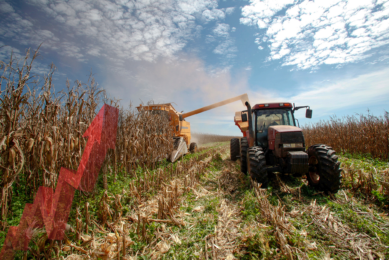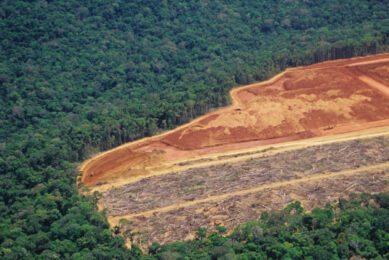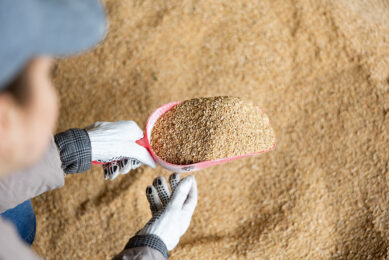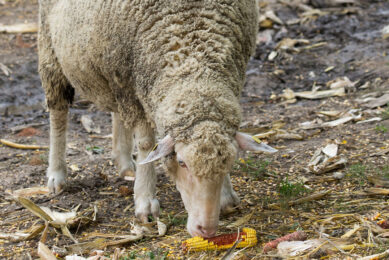Training bacteria to convert bio-wastes into plastic
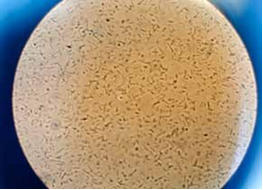
Dutch researcher Jean-Paul Meijnen has ‘trained’ bacteria to convert all the main sugars in vegetable, fruit and garden waste efficiently into high-quality environmentally friendly products such as bioplastics.
Meijen received his PhD on this research this week from Delft Technical University in the Netherlands.
There is considerable interest in bioplastics nowadays. The technical problems associated with turning potato peel into sunglasses, or cane sugar into car bumpers, have already been solved.
The current methods, however, are not very efficient: only a small percentage of the sugars can be converted into valuable products.
By adapting the eating pattern of bacteria and subsequently training them, Meijnen has succeeded in converting sugars in processable materials, so that no bio-waste is wasted.
Basic material
The favoured raw materials for such processes are agricultural wastes that do are not used at the expense of food production.
Such a product is lignocellulose, the complex combination of lignin and cellulose present in the stalks and leaves of plants that gives them their rigidity.
With maize, for example, the cob can be consumed as food (or feed), while the unused waste (the stalks) forms the raw material for bioplastics.
Hydrolysis of lignocellulose breaks down the long sugar chains that form the backbone of this material, releasing the individual sugar molecules.
These sugar molecules can be further processed by bacteria and other micro-organisms to form chemicals that can be used as the basis for bioplastics.
Expensive and inefficient
"Unfortunately, the production of plastics from bio-wastes is still quite an expensive process, because the waste material is not fully utilized," explains Jean-Paul Meijnen.
The pre-treatment of these bio-wastes leads to the production of various types of sugars such as glucose, xylose and arabinose. These three together make up about 80% of the sugars in bio-waste.
The problem is that the bacteria Meijnen was working with, Pseudomonas putida S12, can only digest glucose but not xylose or arabinose. As a result, a quarter of the 80% remains unused.
"A logical way of reducing the cost price of bioplastics is thus to ‘teach’ the bacteria to digest xylose and arabinose too."
Training to eat
The xylose has to be ‘prepared’ before Pseudomonas putida S12 can digest it. The bacteria are genetically modified by inserting specific DNA fragments in the cell, which enables them to produce enzymes that assist in the conversion of xylose into a molecule that the bacteria can deal with.
This method did work, but not very efficiently: only 20% of the xylose present was digested. The modified bacteria were therefore ‘trained’ to digest more xylose.
Meijnen did this by subjecting the bacteria to an evolutionary process, successively selecting the bacteria that showed the best eating performance.
"After three months of this improvement process, the bacteria could quickly digest all the xylose present in the medium. And surprisingly enough, these trained bacteria could also digest arabinose, and were thus capable of dealing with the three principal sugars in bio-wastes." Meijnen said.




